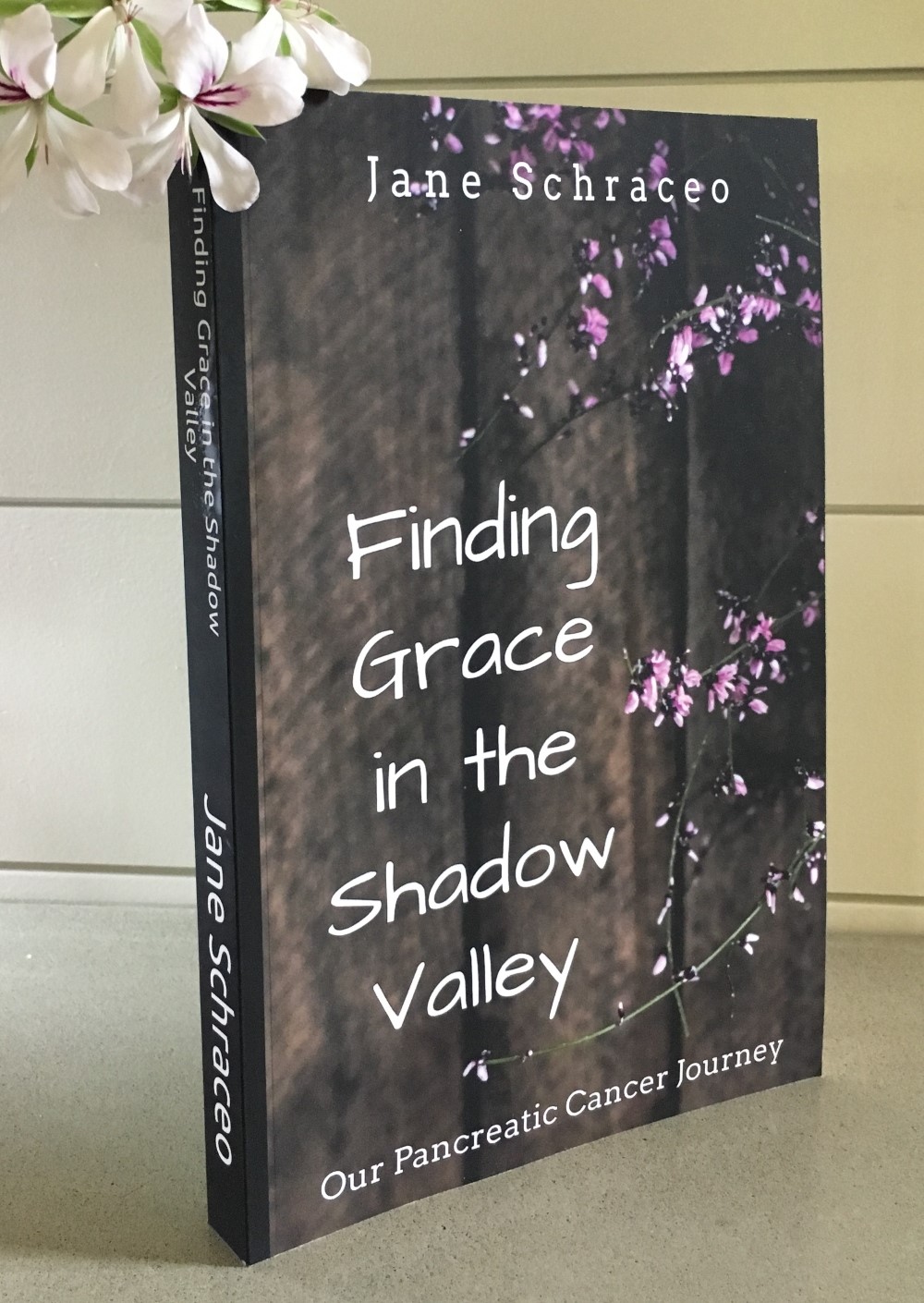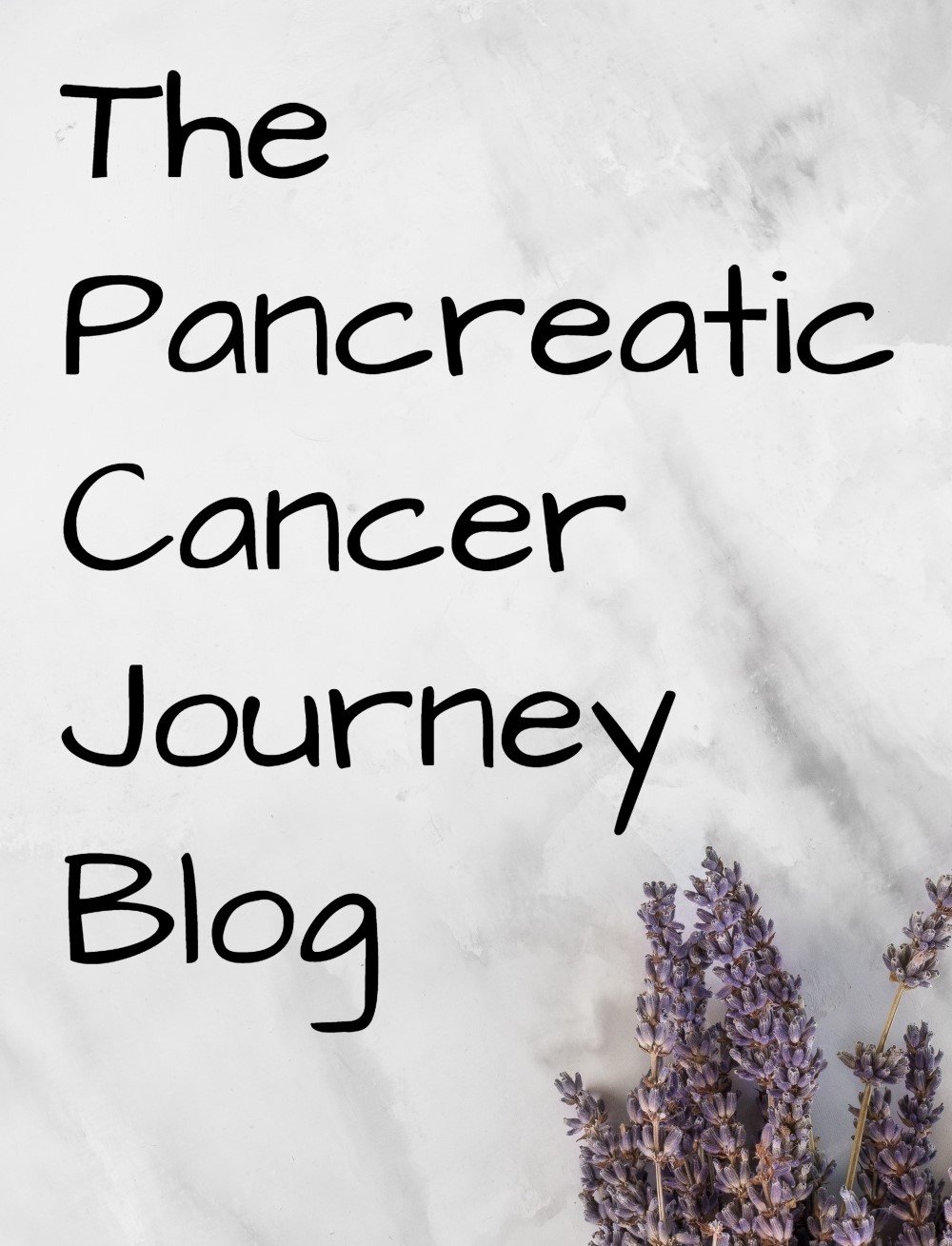The Straight Scoop
on
Pancreatic Cancer Chemotherapy
Pancreatic cancer chemotherapy was the first step in mom's treatment plan. We dreaded the day mom had to start her chemotherapy.
Of course, we wanted to get started as soon as possible, and do everything we could to halt that tumor in its tracks. But chemo?
Everyone has heard the horror stories about chemotherapy treatment: Vomiting, Hair Loss, Fatique, Cracking Skin, Blood Transfusions. Defintely not something to look forward to.
We not only dreaded it, but were somewhat fearful as well. With mom's background as a nurse, she knew better than most how quickly the potential side effects could become life threatening.
So, to combat the fear, we did the research. Better prepared than blindsided. That was the plan anyway.
And, actually, it did work. Learning about the pancreatic cancer chemotherapy process took a lot of that fear and replaced it with a certain amount of confidence or control.
Might sound strange, but that was our mindset. Doing nothing left the cancer growing unchecked. We saw the chemo as a pro-active step in stopping that tumor growth. Irregardless of the side effects, at least we were doing something. Mom felt she was taking back a little of the control, feeling more in charge.
Of course, that was before the chemo started. The side effects were humbling to say the least.
But first, let me share in the simplest way I know how, what chemotherapy treatment is:
Chemotherapy is a treatment with one or more anticancer drugs that kill cancer cells.
That's it, in a nutshell.
Or as my dad so profoundly said,
It's dumping a whole lot of poison into mom's body and hoping that it kills the cancer cells before it kills mom.
Thanks, Dad. Feeling much better now.
But, therein lies the huge problem with chemo. The anticancer drugs are, in essence, toxic to the human body. They are also toxic to the cancer cells. Sometimes, we just can't have our cake and eat it too.
Pancreatic Cancer Chemotherapy Treatment relies on just a hand-full of anticancer drugs. These anticancer drugs can either be injected (given as a shot in a vein) or infused into a blood vessel(slowly given to the patient through an IV) or taken by mouth. Mom has been on most. Some were more effective for her than others. All had their own host of issues.
Early on in mom's journey, the doctors recommended that she get a medi-port to more easily facilitate the administration of her chemotherapy. The port looks a little horrendous at first, but has been a true godsend through-out the chemo, reducing the need for multiple needle sticks and painful i.v.s in her arms. Check here for more information on a medi port.
I will give a quick overview here of each drug, but then be sure to click on the highlighted link for more information on mom's experience with each of these pancreatic cancer chemotherapy treatments.
GEMZAR - The scientific name for GEMZAR is gemcitabine HCl. GEMZAR works by stopping the process that cancer cells use to divide and repair themselves, leading to cell death. GEMZAR was approved by the Food and Drug Administration in 1996 as a first-line treatment of pancreatic cancer. It can be used alone or with other anticancer drugs.
TARCEVA - The scientific name for TARCEVA is erlotinib. Tarceva is usually prescribed in combination with gemcitabine for patients with advanced-stage pancreatic cancer whose cancer has spread, grown, or cannot be surgically removed, and who have not received previous chemotherapy. The Food and Drug Administration approved Tarceva for advanced pancreatic cancer in 2005.
5-FU - The scientific name for 5-FU is 5-Fluorouracil. It has been around the longest, being the gold standard for cancer chemotherapy treatment for more than 40 years.
FOLFIRINOX - The scientific name for Folfirinox is the combination of the drugs that make up this treatment. Folinic acid (leucovorin), Fluorouracil, Irinotecan, and Oxaliplatin. It is the new kid on the block, so to speak, as it has just been out of clinical trial since early 2010.
Each person's reaction to pancreatic cancer chemotherapy is different. What works well for one, may not for another. And also, the side effects will vary from one patient to another. The generalities I have outlined here on chemotherapy treatment are meant to acknowledge the various ways chemo can be used in fighting this disease.
The information in this article is based on personal experience. It's our story. It cannot take the place of a visit to your health care provider. It is shared only as a reference. If you or a loved one is currently struggling with the issue of chemo treatment, it is my hope that this guide can give you a better understanding of the chemotherapy treatment plans your doctor may be discussing with you.
It is my experience that knowledge is power. So read, absorb, think on and then discuss with confidence the chemotherapy treatment plans that your doctor suggests. And participate wholly in the decisions regarding your body and your life.
Don't ever forget that you're in the driver seat with your pancreatic cancer diagnosis. Use this guide as a map for your treatment. A map from someone who's been down this road, but please know that you can take a detour anytime. You may just find the destination and treatment that is perfect for you.
Send a postcard when you arrive!
Return to Treatment Options from Pancreatic Cancer Chemotherapy
Return to Home Page from Pancreatic Cancer Chemotherapy
Copyright © PancreaticCancerJourney.com
Nothing on this website should be construed
to constitute medical advice.




